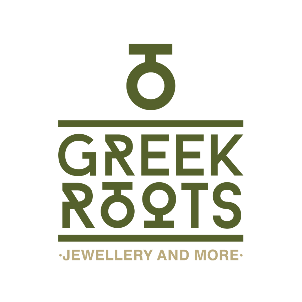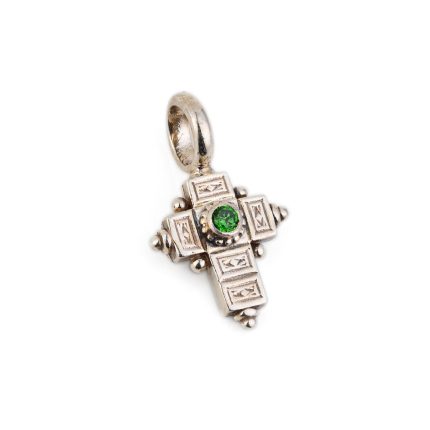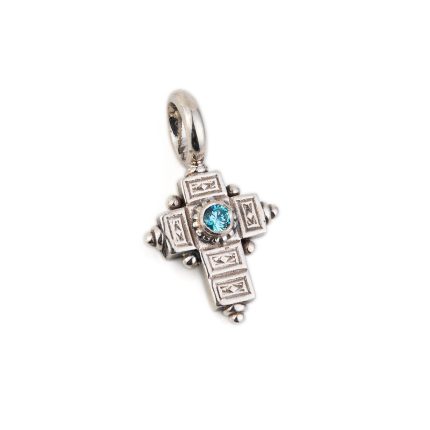Sort by
Material
- 18k gold and sterling silver (2)
- 18k gold plating (1)
- 935 silver (3)
- enamel (20)
- gold (12)
- gold plated (32)
- leather (7)
- stainless steel (3)
- sterling silver 925 (67)
Symbol
- adaptability (1)
- faith (1)
- renaissance (1)
Color
- Aqua Marine (44)
- Baby Blue (1)
- Black (197)
- Black & Green (1)
- Black & Red (3)
- Black with Black Clasp (4)
- Black with Gold Clasp (2)
- Black with Silver Clasp (3)
- Blue & Brown with Black Clasp (1)
- Blue & Brown with Gold Clasp (2)
- Blue & Brown with Silver Clasp (2)
- Blue & Grey (1)
- Blue Jean (118)
- Bordo (9)
- Brown (111)
- Brown with Black Clasp (2)
- Brown with Gold Clasp (2)
- Brown with Silver Clasp (2)
- Chocolate (4)
- Coral (13)
- Dark Brown (3)
- Dark Green (12)
- Dark Grey (136)
- Electric (15)
- Fuchsia (11)
- Gold (8)
- Green (46)
- Grey (61)
- Grey & Black (1)
- Haki (17)
- Ice (39)
- Light Brown with Black Clasp (2)
- Light Brown with Gold Clasp (2)
- Light Brown with Silver Clasp (3)
- Lilac (4)
- Mild Green (9)
- multicolor (2)
- New Blue (10)
- New Haki (46)
- Olive (2)
- Orange (1)
- Petrol (24)
- Pink (3)
- Pouro (11)
- Purple (9)
- Red (167)
- Red & Blue (2)
- Royal Blue (38)
- Rusty (44)
- Siel (13)
- Silver (6)
- Taba (9)
- Terracotta (4)
- Turquoise (78)
- Veraman (5)
- White (26)
- Yellow (38)
Filter by price
Stock status
-15%
-15%
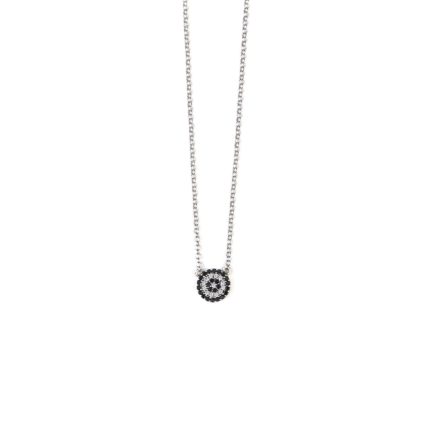
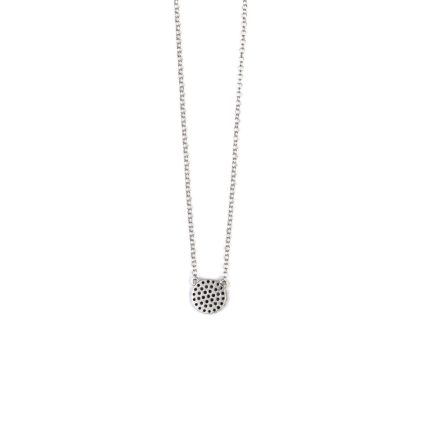
Select options
This product has multiple variants. The options may be chosen on the product page
Round Evil Eye Necklace – Sterling Silver 925
-15%
-15%
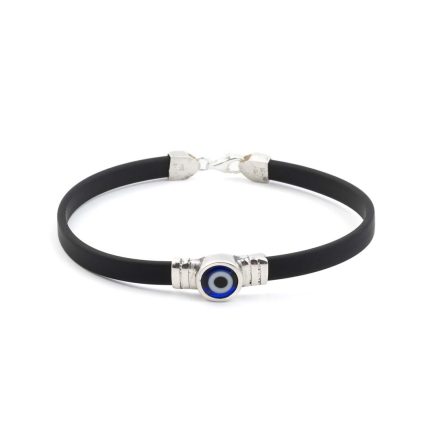
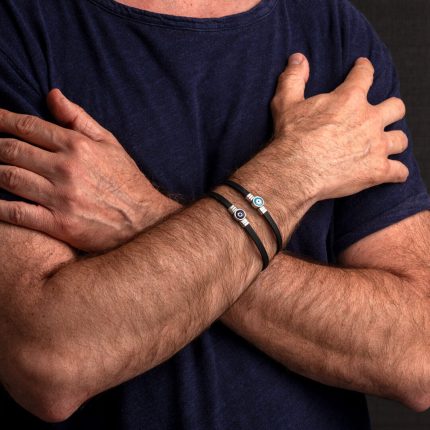
Select options
This product has multiple variants. The options may be chosen on the product page
Evil Eye Rubber Bracelet – Sterling Silver
-25%
-25%
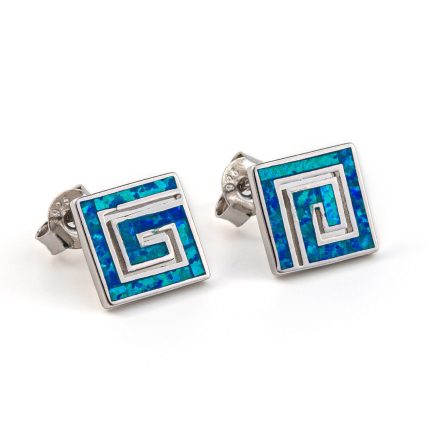
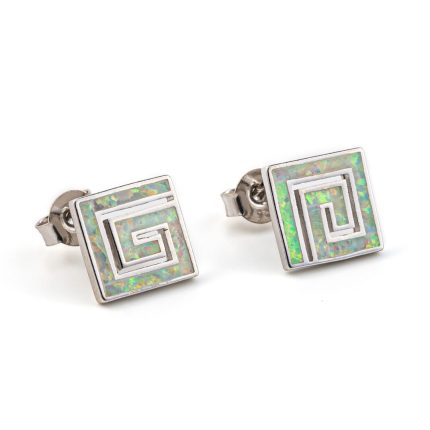
Select options
This product has multiple variants. The options may be chosen on the product page
Meander Opal Stud Earrings – 925 Sterling Silver
-15%New
-15%New

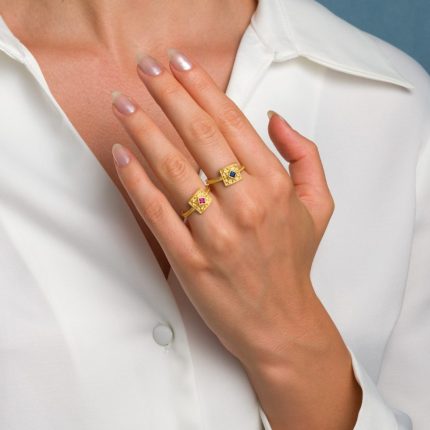
Select options
This product has multiple variants. The options may be chosen on the product page
-25%
-25%
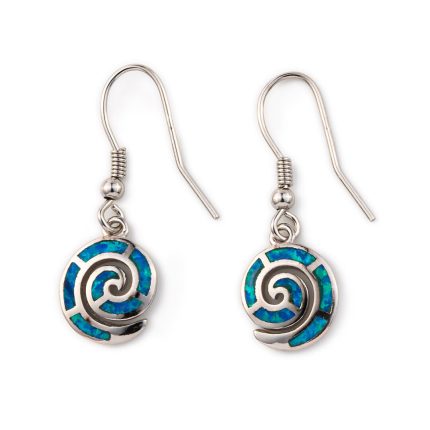
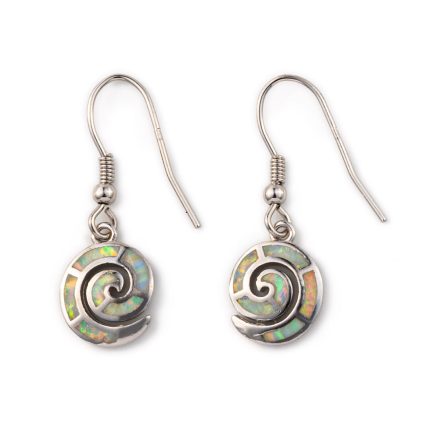
Select options
This product has multiple variants. The options may be chosen on the product page
Blue opal Spiral earrings in silver
-15%New
-15%New
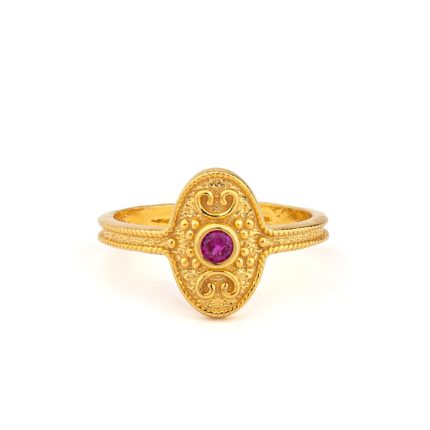
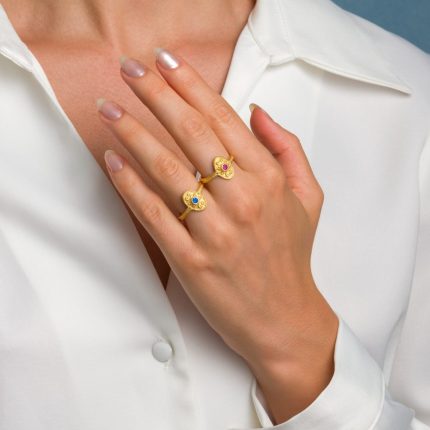
Select options
This product has multiple variants. The options may be chosen on the product page
-15%New
-15%New
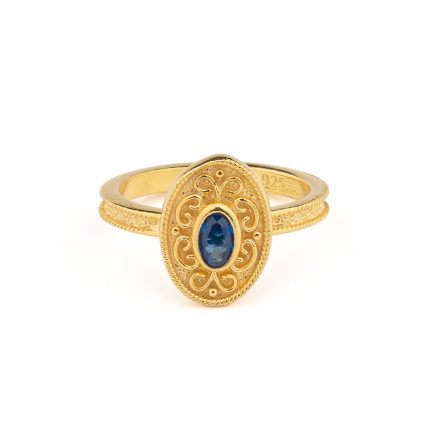
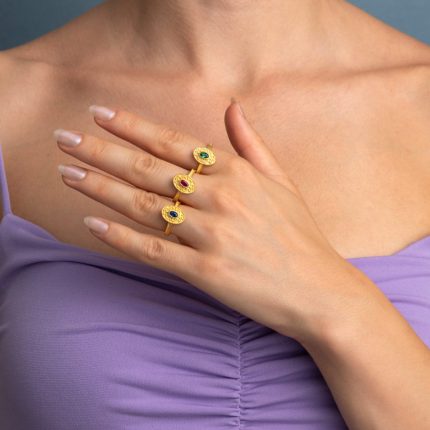
Select options
This product has multiple variants. The options may be chosen on the product page
-15%New
-15%New
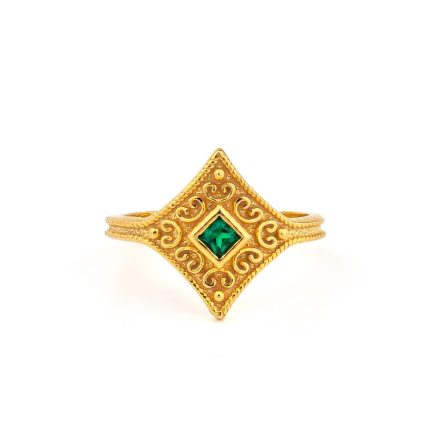
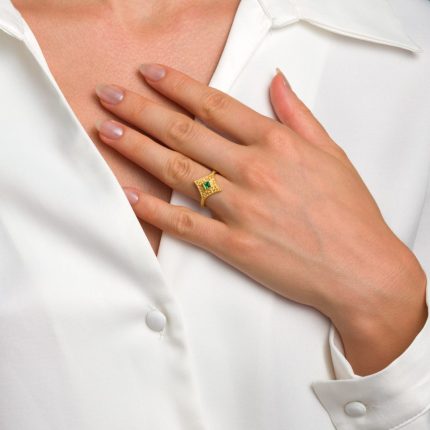
Select options
This product has multiple variants. The options may be chosen on the product page
New
New
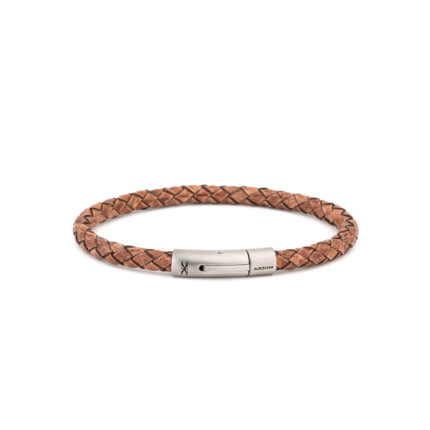
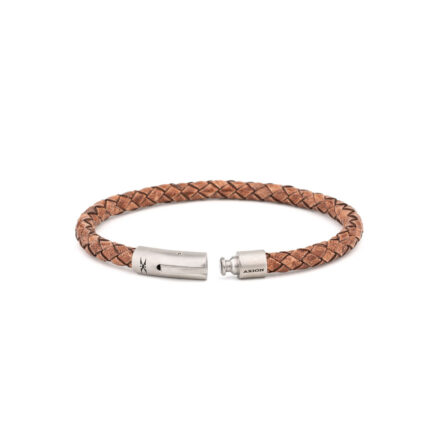
Select options
This product has multiple variants. The options may be chosen on the product page
New
New

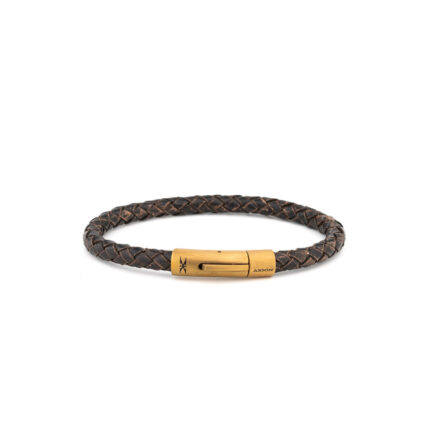
Select options
This product has multiple variants. The options may be chosen on the product page
New
New
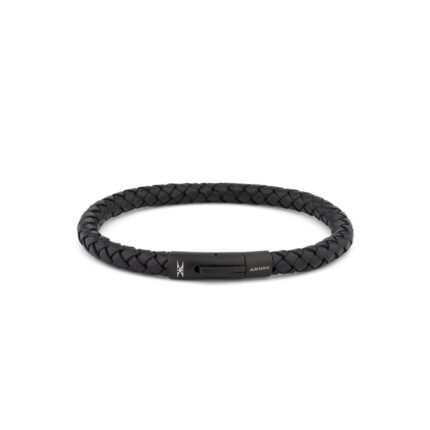

Select options
This product has multiple variants. The options may be chosen on the product page
-25%
-25%
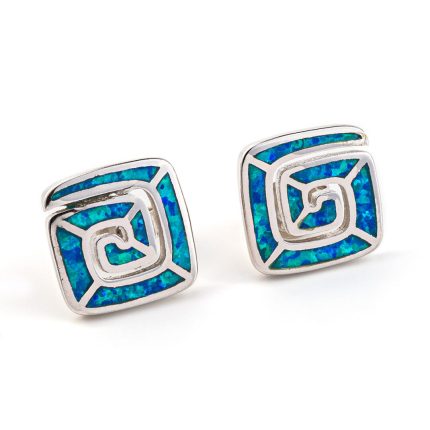
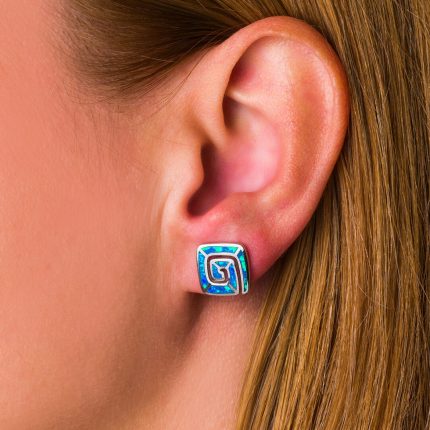
Select options
This product has multiple variants. The options may be chosen on the product page
-15%New
-15%New
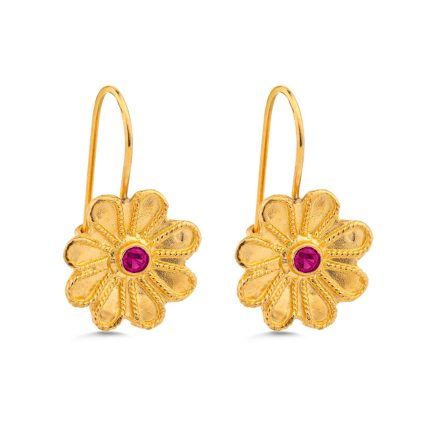
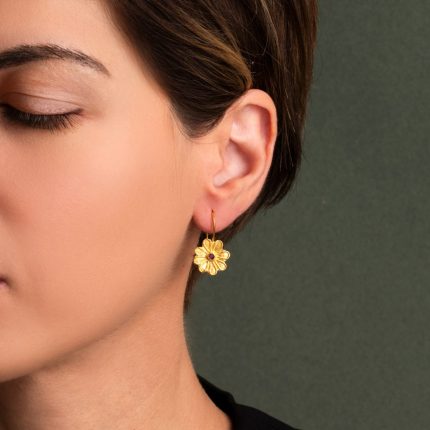
Select options
This product has multiple variants. The options may be chosen on the product page
-25%
-25%
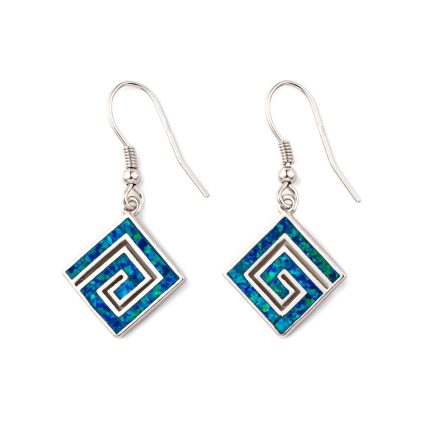
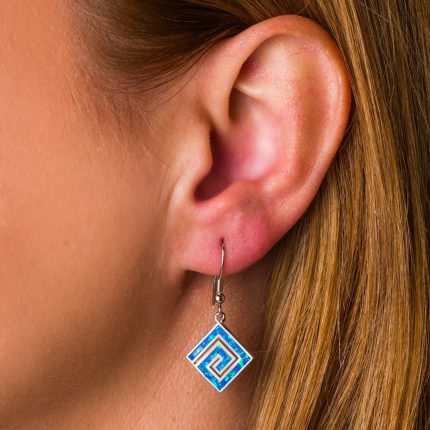
Select options
This product has multiple variants. The options may be chosen on the product page
Greek Key Blue Opal Dangle Earrings
-15%
-15%
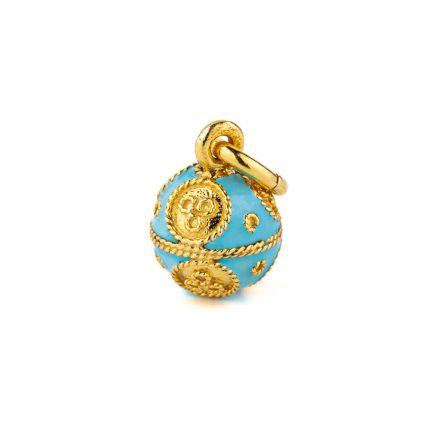
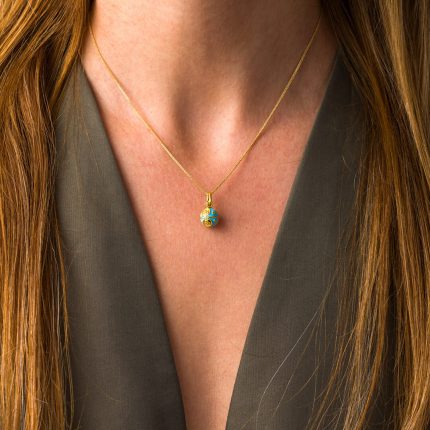
Select options
This product has multiple variants. The options may be chosen on the product page
